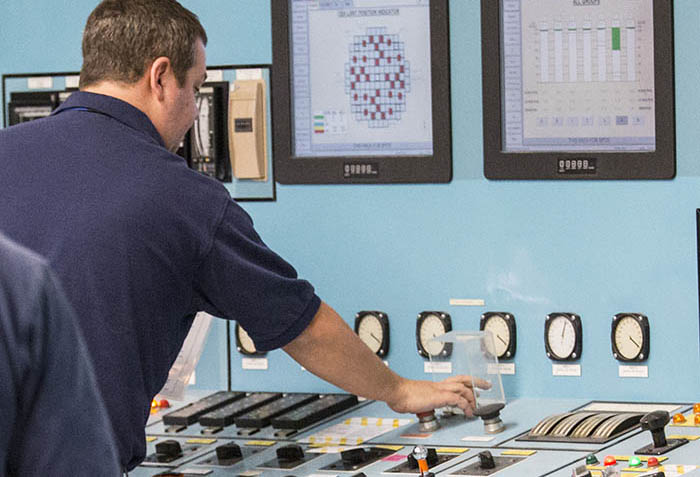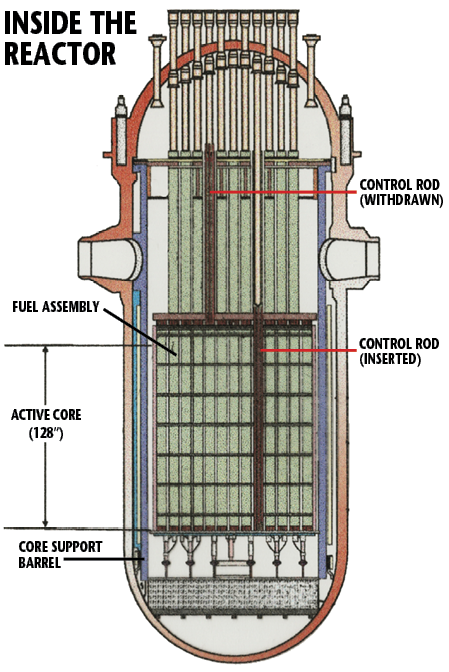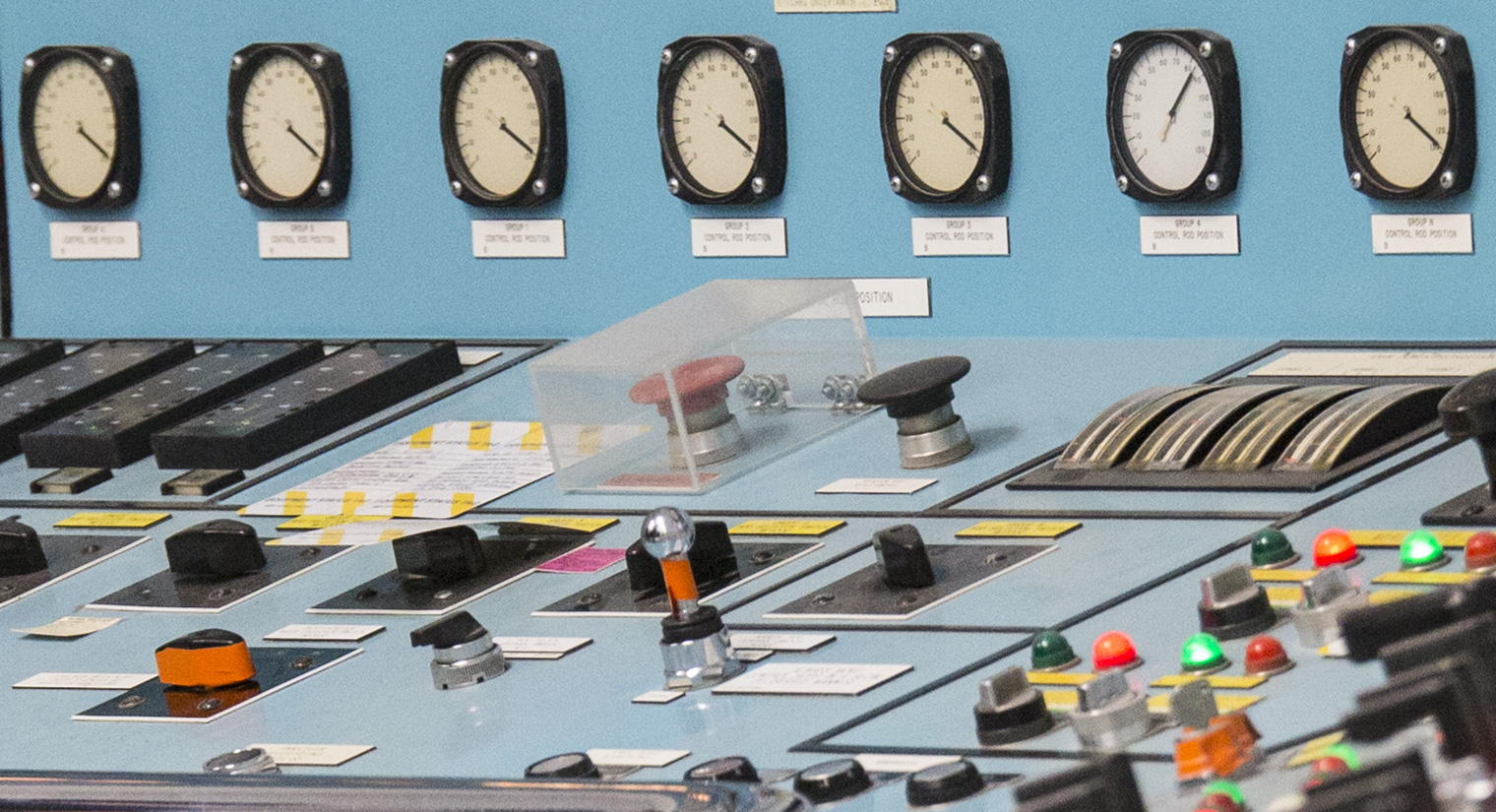Video: Fort Calhoun Station officially offline

In June, the OPPD Board of Directors voted to begin the decommissioning process at the utility’s Fort Calhoun Station (FCS) nuclear plant. This was a tough decision that was based on the recommendation of senior management and unprecedented changes in the energy market.
OPPD President and CEO Tim Burke said the decision to cease operations at FCS has never been about employee performance.
“This is an historic and somber day for everyone at OPPD, past and present,” Burke said. “For more than 40 years, the men and women who have worked here have done so with a passion to serve that reflects the very best in our company and our community. I want to acknowledge the work, especially over these last few months, under really tough conditions. Employees have remained focused on doing their jobs safely and with the highest levels of professionalism. Everyone should be assured that dedication will continue in the coming months and years as Fort Calhoun Station completes its defueling and begins the decommissioning process.”
On Oct. 24, OPPD personnel powered down the plant for the last time and began the defueling process. Throughout the day, we posted updates about activity at the plant.
6 a.m. Monday, Oct. 24, 2016
Craig Longua, manager-Outage, confirmed the Outage Control Center (OCC) was staffed and will assist with final preparations for the plant shutdown. The Operations staff completed logs and surveillance tests to validate that the plant is responding as needed.
“Everything is on track, everyone is accounted for and there are no challenges to shutting down as planned,” said John Musser, superintendent, Shift Operations. “The crew is focused, they are professionals. It’s hard to believe this day is here already. We’ve been preparing emotionally for this day since May when the announcement was made. It’s just hard to believe it’s here already.”

8 a.m.
Operations staff entered the Reactivity Maneuver Form (REMA), created by reactor engineering and approved by senior reactor operators, to provide guidance for the control rod movement. This is used to make the first addition of boric acid, which also happened at around 8 a.m. to start down-powering.
FCS will be down-powering at 10 percent per hour until the plant reaches 30 percent power, which should be at 1 p.m. At that point, reactor operators will initiate a manual reactor trip, which inserts the control rods and shuts down the reactor for the final time.
WHAT IS A CONTROL ROD? These rods have five fingers containing materials that, when inserted into a fuel assembly, absorb neutrons. In normal operation, the control rods are positioned and held directly above the fuel assemblies in the reactor core. If power to the control rods is shut off, or if it is lost for any reason, gravity takes over. The rods drop into the fuel assemblies, stopping the fission process and shutting down the reactor – all within 2.5 seconds.

10 a.m.
The next major step today involves the turbine cycle, specifically the singling up of pumps. These pumps feed the steam generator from the condenser. This is expected to happen at 11 a.m. or when the plant is at 50 percent power.
“So far everything is going as planned and we are on schedule,” Longua said. “We began commencing down power as planned. We are set to trip the reactor at 1 p.m., or once we are at 30 percent power.”

11:30 a.m.
FCS has just passed through 50 percent power and remains on track to trip at around 1 p.m, said Musser.
“The crew is performing very well, exhibiting precise plant control and the plant is operating as expected for the down power.”
Musser said the main feed water pump, main condensate pump and heater drain pump will shut down once the plant passes below 50 percent power. The other heater drain pump shut down today once the reactor tripped. The last main feed pump will shut down later today as the crew transfers to FW-54, a diesel-driven auxiliary feedwater pump. This provides feedwater to steam generators for the next several days until shutdown cooling is placed in service.
12:55 p.m.
FCS is officially offline. The reactor trip and shutdown was uncomplicated and the reactor and personnel functioned as expected. During the reactor trip, control rods are inserted into the reactor core, which shuts it down for the final time.


Crews were still making adjustments to power as the time to take FCS offline neared. They continued to add boric acid as they had been doing since 8 a.m. and adjusting control loads and the turbine to maintain the reactor coolant system temperature.
“The atmosphere is subdued but professional,” Longua said.
The next steps involve setting up plant conditions to begin the 36-hour chemical hold, which begins at 6 p.m.
Longua said crews are now transitioning to the plant stabilization period and adjusting the reactor coolant system chemistry to meet the chemistry requirements.
“I’m very proud of the work force here,” said Longua, outage manager. “The external people who have come in, the NRC (Nuclear Regulatory Commission), NSRB (Nuclear Safety Review Board), INPO (Institute of Nuclear Power Operations), all those organizations that have come in have said very positive things about the workforce here. We are operating the plant safely and effectively, doing our jobs extremely well and have been doing so even since the announcement was made. The workers here take their jobs and their responsibilities very seriously.”

Jason Kuiper joined OPPD as a communications specialist in 2015. He is a former staff writer and reporter at the Omaha World-Herald, where he covered a wide range of topics but spent the majority of his career covering crime. He is a graduate of the University of Nebraska at Omaha and has also appeared in several true crime documentary shows. In his free time he enjoys cooking, spending time with his wife and three children, and reading crime novels.
View all posts by Jason Kuiper >







